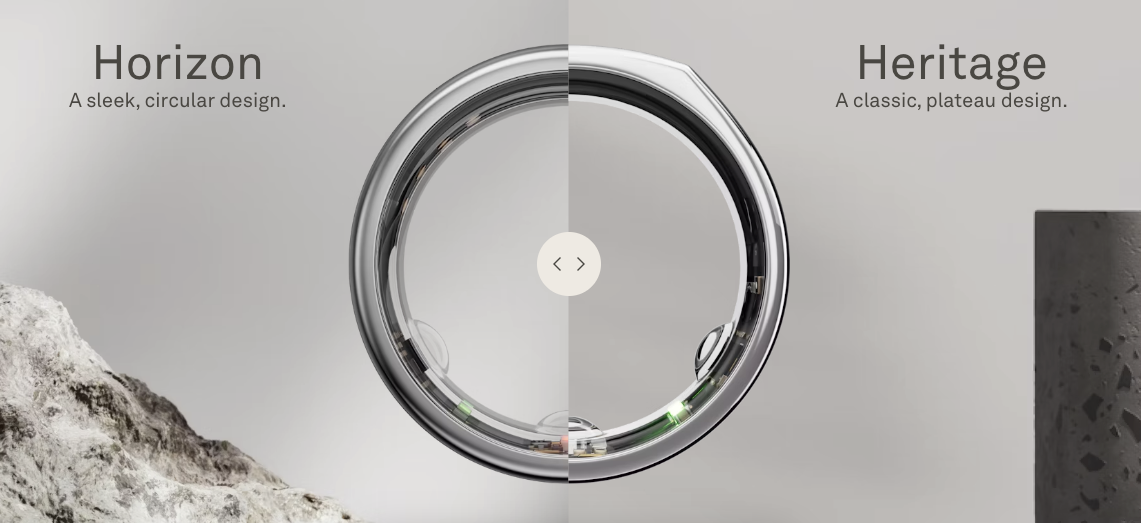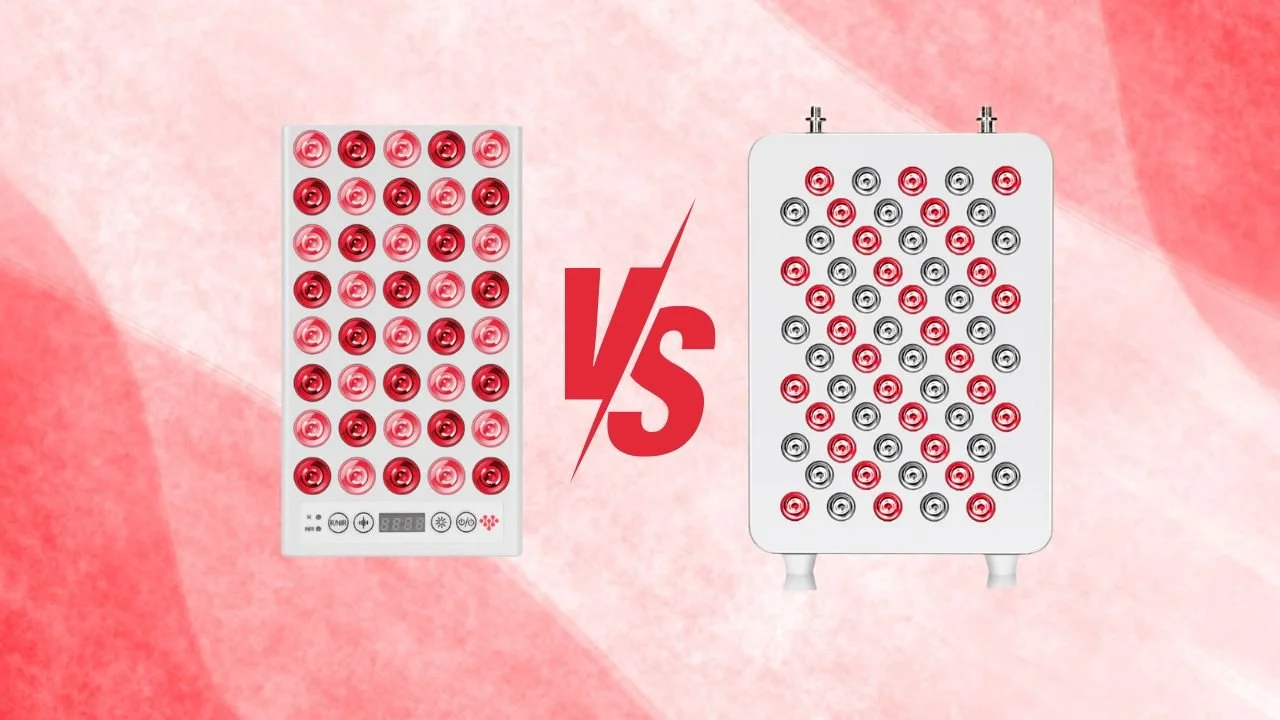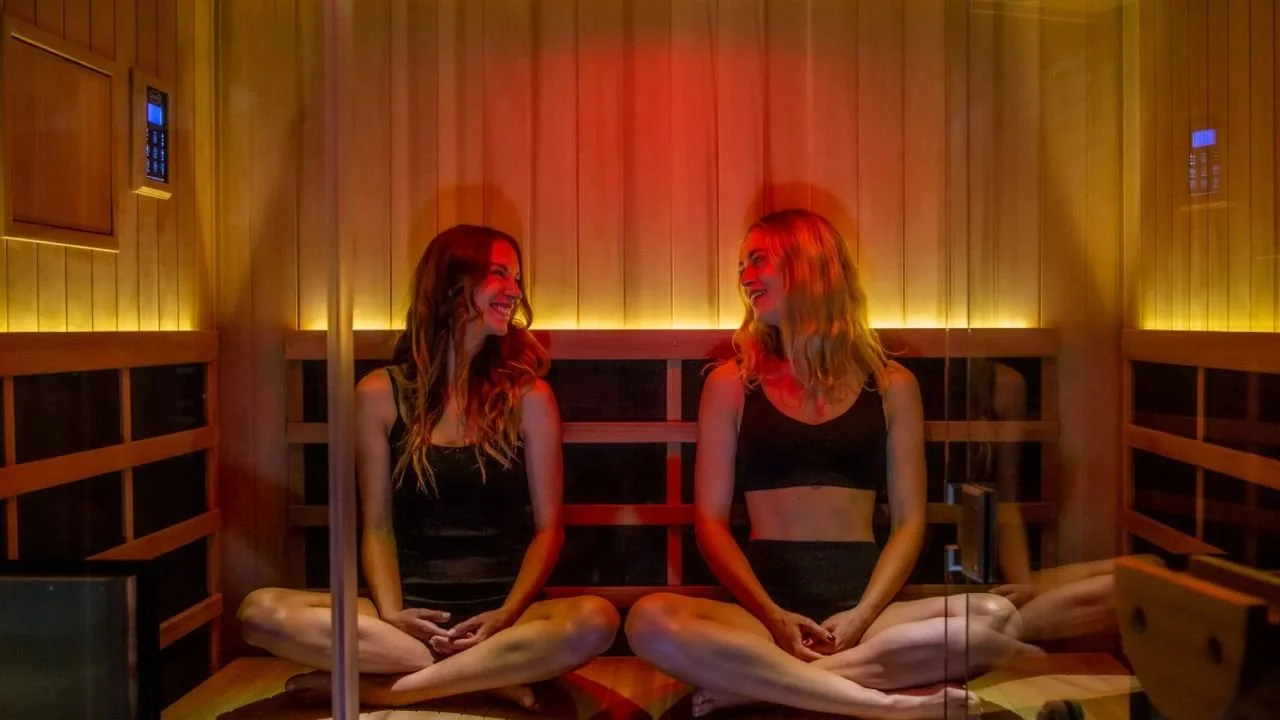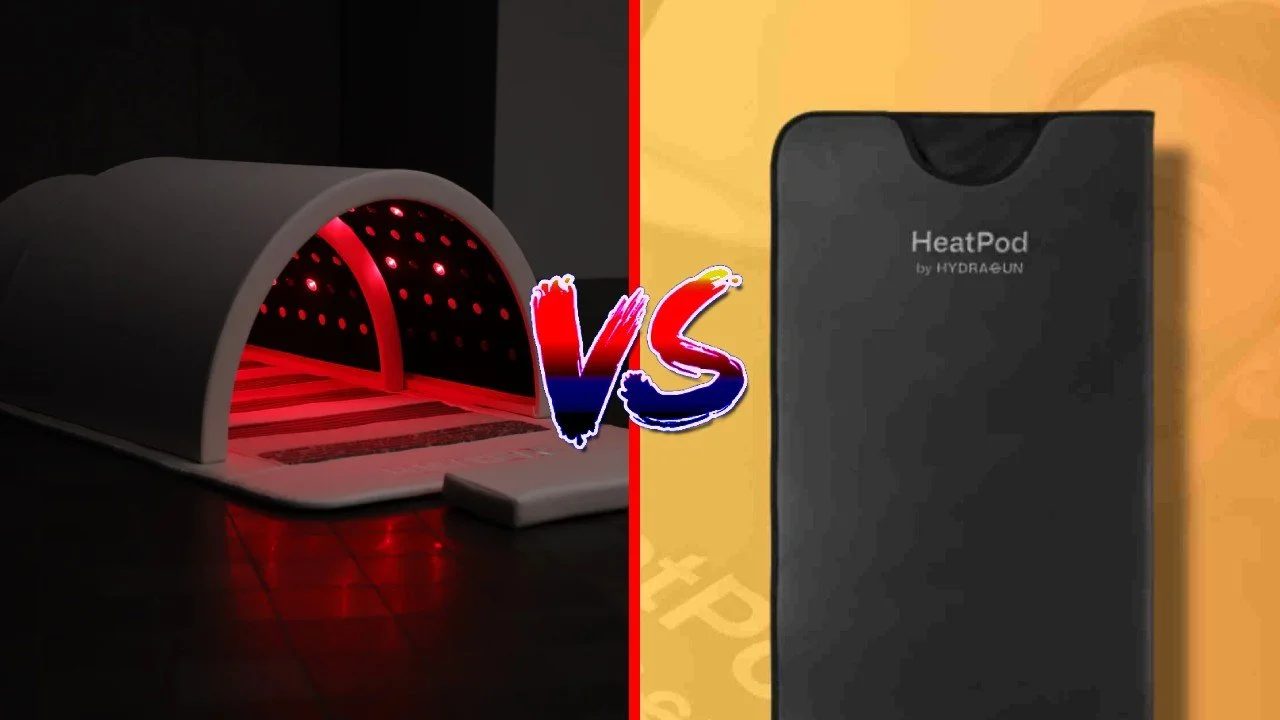Cryotherapy - Is It The Fastest Muscle Recovery Tool To Date, Does It Work?
The cold truth about cryotherapy, does it actually work and is it worth the money?
Is cryo worth it?
What Is Cryotherapy?
Cryotherapy is quite literally cold therapy. We discuss cold therapy use for muscle recovery in some of our other articles about ice baths and have a lot to say about it. In short, cryotherapy does work very well despite the very short amount of time the average cryotherapy session is. How does cryotherapy differ from the more widely used, popular and cheaper ice bathing? When we talk about cryotherapy we refer in particular to whole body cryotherapy (WBC). Essentially, WBC is the practice of standing in an extremely cold deep-freezing tank for several minutes, with the average cryotherapy session lasting between 2-4 minutes. It seems rather quick to have any effect, we agree.
We know a lot about recovery and wellness. And, initially we had our own reservations when we began to test the efficacy of Whole Body Cryotherapy for muscle recovery, weight loss, better sleep, pain relief (and other purported benefits) several years ago. But, we have come to know a few cold hard facts about cryotherapy’s uses and effects through science and our own investigations.
This emerging technology has had its fair share of worldwide high profile and celebrity promotion, along with a few controversial incidents involving fatality during cryotherapy use. Let’s not forget, a large portion of the daily things we do come with risk and we assure you that cryotherapy as a practice for muscle recovery, athletic performance, biohacking and wellbeing is very very low on the spectrum of risk vs. reward. So what are the risks and rewards?
What Is The Science Behind Cryotherapy, Does It Actually Work?
Cryotherapy, or cryo, uses liquid nitrogen to cool the chamber to a temperature of about minus 120 degrees celsius (-248F). The interesting thing about a cryotherapy treatment is that it is generally completely dry and is done with minimal clothing on, just socks and mitts to protect the hands and feet because the surface of the chamber is extremely cold as you could imagine.
The physiological response that lends the majority of cryo’s benefits in recovery, sleep, pain and performance is the release of norepinephrine. Norepinephrine (NE) is released by the body when physiological changes in the body occur following stressful situations - in this case, cold temperatures. The sympathetic nervous system releases norepinephrine to trigger a flight-or-flight response which we talk about in our article about in depth in other articles
Related Article: Why HRV Is So Important For Recovery. Plus, How To Track HRV
Along with NE, which provides benefits in pain, inflammation and transport of blood via vasoconstriction, cryotherapy also mimics traditional cold bathing in its release of cold shock proteins.
Essentially, cold stresses the body. Other stressors on the body include exercise, heat (from saunas for example) and fasting are those which we use in order to trigger an adaptive response of sorts in the body. In creating this hormetic response, we trigger a cellular response that compensates for the stress placed on the body, causing an upgrade to the system!
Cryotherapy For Athletic Performance and Muscle Recovery - Is It Worth It?
Does cryotherapy improve athletic performance? The short answer is, yes. The details here are important. Cold exposure, including cryotherapy, post exercise can be a delicate game. Science tells us that cold exposure is better suited to recovering from endurance type exercise than it is for strength training, so be mindful of that.
Then there is the timing issue. As you probably already know, the body produces inflammation as a protective mechanism and a large part of the healing process as result of exercise and injury. It is true that if we introduce cold temperatures in the form of cryotherapy, ice baths or ice packs, too soon after exercise we may be inhibiting some beneficial forms of inflammation.
This 2018 meta-analysis of recovery techniques indicated that, “the most powerful techniques that provide recovery from inflammation are massage and cold exposure, such as water immersion and cryotherapy.”
As a guide, we recommend that the most optimal effect on DOMS and athletic performance from cryotherapy and other cold water immersion lies somewhere between <6 h after exercise and not more than 24 hours after.
Cryotherapy For Mental Wellbeing
Cryotherapy and other cold exposure techniques used for recovery are producing profound effects on bodily systems including the brain. It is important to note that the aforementioned norepinephrine has been scientifically noted to be a “neurotransmitter of major importance in the pathophysiology and treatment of depressive disorders.” This study also goes on to highlight that therapeutic agents which specifically increase norepinephrine (NE) activity are effective antidepressants.
Related Article: 4 Benefits Of Ice Baths That Might Surprise You
The link then, between the mood and antidepressant benefits of cryotherapy begins to make sense. In fact, a study on cryotherapy use for 2 minutes at 110 degrees celsius 3 times per week for 12 weeks showed a staggering 200-300% increase in NE in the system. One of our favourite wellness and recovery gurus, Dr. Rhonda Patrick, discusses in a 20 page report on cryotherapy “how cold exposure increases norepinephrine up to 5-fold in the brain…and how norepinephrine has an effect on mood, vigilance, focus, and attention”.
So it is confirmed, cryotherapy is a win for brain health, attention and an overall positive mood. This is perhaps a very significant piece of information for those who are generally getting all of their mood support via pharmaceutical methods - there may be more natural ways to recover.
Cryotherapy For Weight Loss and Metabolic Effects
Or should we say, metabolism. The term weight loss comes with its own stigma really, and we aim to avoid it for the most part. At RG, we take a more holistic approach to weight management and understand the negative consequences that people generally face when they look for a magic weight loss pill or practice. Nonetheless, cryotherapy has been shown to have a positive effect on weight, through its metabolic effect on the body.
Once again, the cold shock proteins are at play. As we see at a very simple level, the physiological response we have all seen to the cold is shivering. In cryotherapy, the metabolic response is just exaggerated, and the body attempts to warm itself through thermogenesis. Cold thermogenesis may cause an increase in metabolism associated with shivering, which can lead to a 3 to 5 times increase in the body’s normal resting metabolic rate.
In addition to the shivering thermogenesis, the body also responds to our friend norepinephrine by converting white fat into brown fat. In one related study, after a month of exposure to mild cold, participants had a 42% increase in brown fat volume and a 10% increase in fat metabolic activity. So, by increasing brown fat through cryotherapy, the greater amount of fat one will burn, therefore potentially promoting weight loss! Although it is partly anecdotal evidence, all of the RG team reported body composition improvements using cryotherapy for 3 weeks with a 2-5% reduction in body fat when compared to no cold therapy. That has to speak to something positive for cryotherapy and cold therapies in general.
Cryotherapy For Pain Relief
Cryotherapy can reduce pain in a couple of ways. Once again, our friend norepinephrine is here. As levels of NE increase during cold exposure the NE can affect the nerve signals and slow down their transmission which may reduce the amount of pain signals to the brain. If we think back to how norepinephrine responds to inflammation, we can see that in reducing inflammation we may also be effectively reducing pain whether it be from exercise, injury or arthritis. In fact, this study concludes that “pain seemed to decrease more in patients in the whole-body cryotherapy at -110 degrees C”.
Patients with diseases such as fibromyalgia, rheumatoid arthritis and back pain have also found that cryotherapy reduced their pain and the study concluded that whole body cryotherapy was an important part of their rehabilitation program, although this seems to be anecdotal evidence at this stage.
Who Should Avoid Cryotherapy?
As far as we can see, cryotherapy is relatively safe for just about any healthy individual. As a guide, we recommend avoiding cryotherapy if you have any of the following: respiratory illness, history of heart attack, high blood pressure or hypertension, cardiovascular disease or arrhythmias, history of stroke or cerebral hemorrhage, history of seizures, bleeding disorders, acute or chronic kidney disease, any metal implants or pacemakers, pediatrics (children). As always, consult a professional for medical advice.
Additionally, individuals who are pregnant or have certain skin conditions such as dermatitis, open wounds, or cold allergies (e.g., Raynaud's disease) should also refrain from using cryotherapy. Those with severe anemia or peripheral vascular disease should avoid it as well.
Cryotherapy involves exposing the body to extremely low temperatures for a short period, typically using liquid nitrogen or refrigerated cold air. This exposure can lead to rapid vasoconstriction followed by vasodilation, which may benefit muscle recovery, pain relief, and inflammation reduction. However, these extreme conditions may pose risks to individuals with the aforementioned health issues.
As always, consult a professional for medical advice before starting any new treatment. A healthcare provider can help assess your individual health status and determine whether cryotherapy is a safe option for you. It’s essential to have a thorough understanding of your medical history and any underlying conditions to ensure that cryotherapy will not adversely affect your health.
Conclusion on Cryotherapy
As we see more and more evidence emerge about the efficacy of cryotherapy on athletic performance, muscle recovery, improving sleep and mental health, better immunity, and reducing pain, we are becoming increasingly convinced of the benefits of incorporating cryotherapy as a regular recovery methodology despite the price tag it often comes with.
Studies have shown that cryotherapy can significantly reduce muscle soreness and inflammation, allowing athletes to recover more quickly and perform better. The cold exposure helps to constrict blood vessels and decrease metabolic activity, which reduces swelling and tissue breakdown. Once out of the cold, the body’s rewarming promotes increased blood flow, bringing essential nutrients to help repair muscles and joints.
Moreover, cryotherapy has been linked to improved sleep quality. The therapy triggers the release of endorphins and enhances the parasympathetic nervous system, promoting relaxation and deeper sleep cycles. Mental health can also benefit from cryotherapy, as it has been found to reduce symptoms of anxiety and depression by lowering cortisol levels and boosting mood-enhancing neurotransmitters like norepinephrine.
In addition to these benefits, cryotherapy can bolster the immune system by increasing the production of anti-inflammatory cytokines and improving lymphatic drainage, helping the body to fend off infections and illnesses more effectively.
However, cryotherapy sessions can be expensive, and not everyone can afford regular treatments. Our bottom line is, if you can afford to use cryotherapy, it is well worth the investment. The cumulative benefits for physical recovery, mental well-being, and overall health can justify the cost for many individuals, especially athletes and those with chronic pain or inflammatory conditions.
If cryotherapy is beyond your budget, you can always opt for more traditional and cost-effective cold therapy methods. Ice bathing or cold showers can provide similar benefits, such as reducing muscle soreness, enhancing recovery, and improving circulation. Ice packs can also be used for targeted or localized cold therapy to treat specific areas of pain or inflammation.
Incorporating these alternatives into your routine can still offer substantial benefits without the higher costs associated with professional cryotherapy sessions. The key is consistency and proper application to ensure you maximize the therapeutic effects of cold exposure, whether through advanced cryotherapy or more accessible methods like ice baths and cold packs.
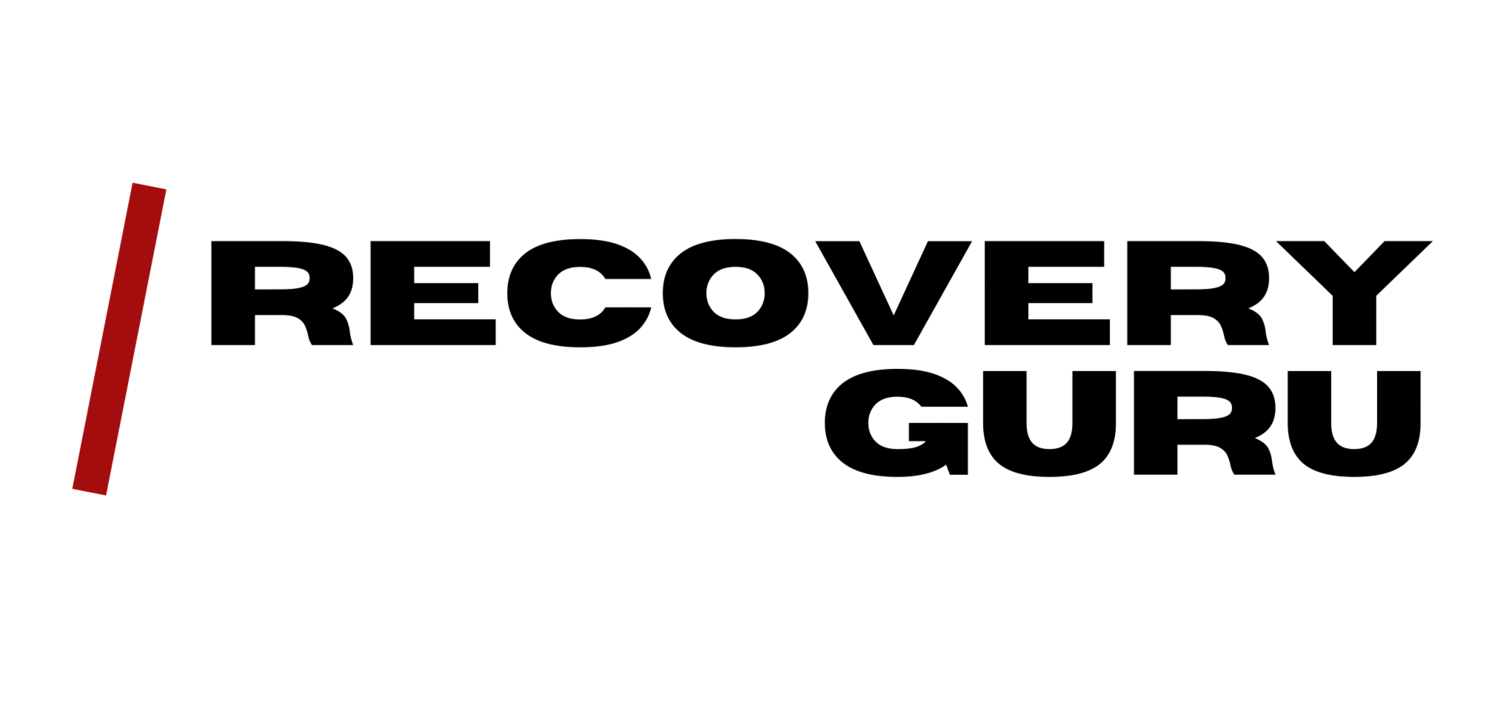




![Sun Home Equinox™ Full-Spectrum Infrared Sauna: Expert’s Honest Review [2024]](https://images.squarespace-cdn.com/content/v1/60c6dafaaf99a435b9e54dc1/1725522699859-HC75C5BZRR2Q8T30N3VD/sun-home-equinox-infrared-sauna-review.jpg)
![Sun Home Saunas Solstice™ Infrared Sauna Full Review [2024]: Expert-Tested](https://images.squarespace-cdn.com/content/v1/60c6dafaaf99a435b9e54dc1/1725428352419-J86NZGZMTD5OH85V8393/sun-home-solstice-sauna-review.jpg)

![Renpho Eyeris 3 Massager Review [2024]: Does It Pass The Hype Test?](https://images.squarespace-cdn.com/content/v1/60c6dafaaf99a435b9e54dc1/1723719780656-3LOKQC2JD7ZDV8LD50KC/renpho-eyeris-3-eye-massager-review.jpg)


![Renpho Power Massage Gun Review [2024]: Powerful, Compact, and Affordable](https://images.squarespace-cdn.com/content/v1/60c6dafaaf99a435b9e54dc1/1723688333383-CIVWVJS47KVK2RBNT6C0/renpho-power-massage-gun-review.jpg)







